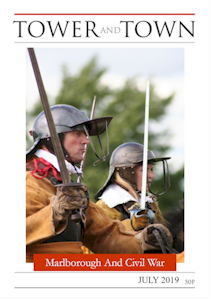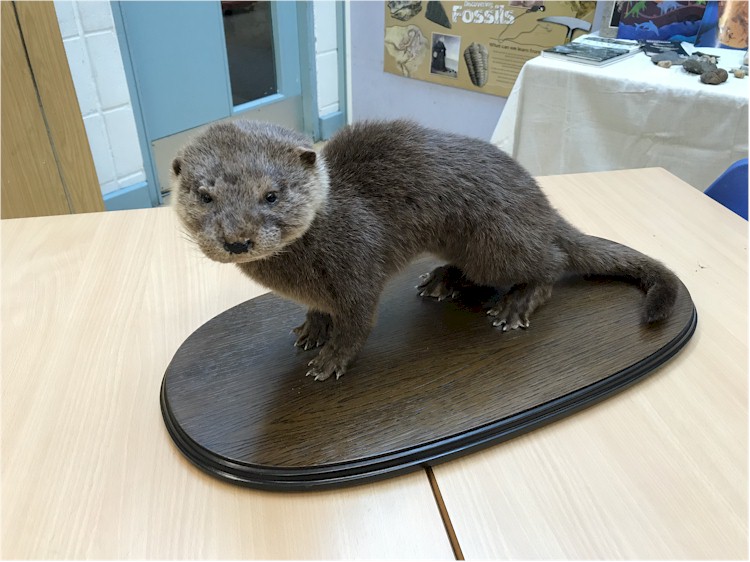

Tower and Town, July 2019 (view the full edition) (view the full edition)Wildlife RamblesI've never seen an otter in England; at the end of May I missed one by about fifteen minutes. A friend was due to join me fishing near the Pewsey Road Bridge but he was delayed and I had to get home. Just as I entered the house, my phone pinged with the first text - "just seen an Otter!" This was followed by "Kingfisher flown past!" and finally, a video query "are these Noctule or Daubenton bats?" My friend was enjoying a wildlife spectacular and, unlike me, he also managed to catch a trout! While very rarely seen, otters are moving up and down the Kennet, mainly at night. A few years ago, two lost their lives just below Marlborough, one knocked down by a car and the other, a cub, killed by rat poison which had been placed carelessly in an insecure location. Sad though these deaths were, both bodies were put to good use. The adult female, laid out for a week in a science laboratory, enthralled scores of Biology students and the cub, which has been stuffed, continues to form an integral part of Action for the River Kennet's educational programme. Named Geoffrey after a previous Chairman of ARK, this young otter has travelled the length and breadth of the Kennet catchment and is extremely popular with the primary school children.  It is only when viewed up close that one can really get a sense of the marvellous adaptations of otters: the rudder-like tail, webbed feet, two layers of fur (one for insulation, the other waterproof), long whiskers and piercing eyes perched high on the flattened head, enabling the animal to surface without revealing its body. This is why they are so hard to see; often their presence is only revealed by a string of bubbles emitted as they exhale underwater. So, next time you cross a bridge over the Kennet, take a moment to scan the river and its banks - you never know what you might see! Seán Dempster |